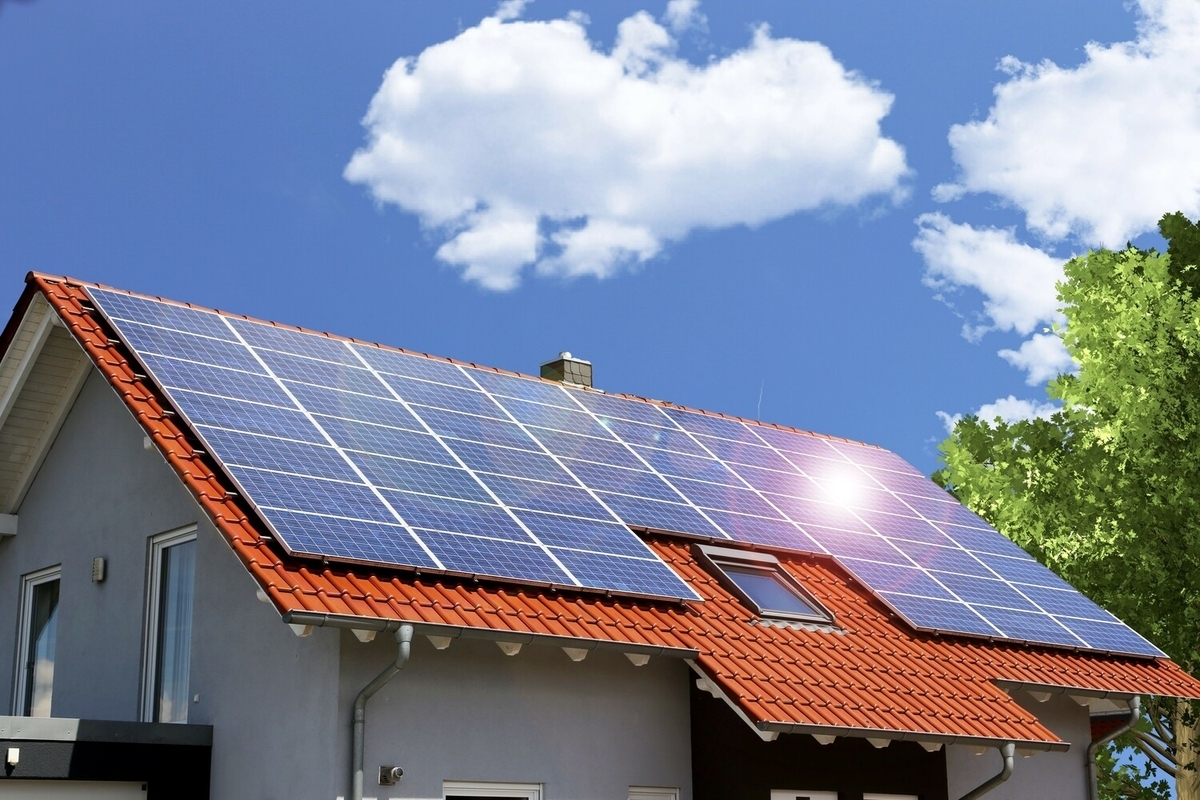Solar Roof: Revolutionizing the Future of Sustainable Energy
As the world shifts towards sustainable energy solutions, the idea of harnessing the power of the sun has gained remarkable traction. One of the frontrunners in this renewable energy revolution is the concept of the solar roof. Integrating solar technology into the very structure of your home or business, solar roofs are changing the way we think about energy consumption and production.
What is a Solar Roof?
A solar roof is a building-integrated photovoltaic (BIPV) system designed to seamlessly blend traditional roofing materials with photovoltaic (PV) cells. Unlike conventional solar panels that are installed onto existing roofs with racks and mounts, solar roofs incorporate solar technology into the roof’s structure itself.

Benefits of Solar Roofs
1. Sustainable Energy Production
One of the most significant advantages of solar roofs is their ability to generate renewable energy. Solar roofs draw energy from sunlight and convert it into electricity, significantly reducing a household or business’s reliance on fossil fuels. This shift helps decrease greenhouse gas emissions and mitigates the effects of climate change.
2. Aesthetics and Integration
Solar roofs offer a sleek and modern alternative to traditional solar panels, which can sometimes appear bulky or out of place.
3. Increased Property Value
Homes and businesses with solar roofs often see a rise in property value. This is because potential buyers recognize the long-term cost savings and environmental benefits associated with renewable energy. A solar roof can be a significant selling point, especially in regions with high energy costs or strong environmental regulations.
4. Cost Savings
Though the initial investment for installing a solar roof can be substantial, the long-term savings on electric bills can be considerable. As solar technology advances, the cost of solar roof installation is decreasing, making it an increasingly viable option for many property owners. Additionally, various government incentives, tax rebates, and financing options are available to offset the initial costs.
5. Durability and Protection
Solar roofs are designed to be robust and durable, providing excellent protection against weather conditions such as rain, wind, and hail. Many solar shingles and tiles are made from tempered glass or other durable materials, extending the lifespan of the roof and potentially reducing maintenance costs.
How Solar Roofs Work?
Solar Shingles and Tiles
Solar roofs are primarily composed of solar shingles or tiles, which contain PV cells that convert sunlight into direct current (DC) electricity. This DC electricity is then transported to an inverter, which converts it into alternating current (AC) electricity suitable for household or business use.
Inverter Systems
Inverter systems are crucial in solar roof setups. They convert the generated DC electricity into AC electricity. There are two main types of inverters used in solar roofs:
- String Inverters: These connect multiple solar shingles/tiles in a series. While they are cost-effective, shading on a part of the string can affect the performance.
- Microinverters: Installed on each individual shingle/tile, these allow the system to efficiently handle shading and orientation issues, though they tend to be more expensive.
Energy Storage
Energy storage systems, such as batteries, can be integrated with solar roofs to store excess energy produced during the day. This stored energy can be used during periods of low sunlight, such as nighttime or cloudy days, ensuring a consistent energy supply.
Grid Connection
Most solar roofs are connected to the local electrical grid. This connection allows for net metering, where excess energy produced by the solar roof can be fed back into the grid, and the property owner can receive credits or compensation from the utility company.
Challenges and Considerations
Initial Cost
The most significant barrier to the widespread adoption of solar roofs is the initial cost. Although prices have been steadily decreasing, the installation of a solar roof can still be a significant financial commitment.
Energy Production Variability
Solar energy production is dependent on sunlight, which can be inconsistent due to weather conditions and seasonal variations. Properties in regions with less sunlight may not experience the same benefits as those in sunnier climates.
Roof Compatibility
Not all roofs are suitable for solar installations. The roof’s condition, structure, and orientation can affect the feasibility of installing a solar roof. It is essential to conduct a thorough assessment before proceeding with installation.
The Future of Solar Roofs
Advancements in solar technology continue to drive innovation in the industry. Researchers and manufacturers are focusing on improving the efficiency, affordability, and integration of solar roofs. Emerging technologies such as transparent solar windows and flexible solar panels may further enhance the appeal and functionality of solar-powered buildings.
Moreover, the growing emphasis on sustainable energy policies and eco-friendly practices worldwide is set to propel the solar roof industry forward. Governments and environmental organizations are likely to continue offering incentives and support to promote the adoption of renewable energy solutions, including solar roofs.
Solar roofs represent a significant leap forward in the quest for sustainable energy solutions. By seamlessly integrating solar technology with traditional roofing materials, solar roofs offer numerous benefits, including renewable energy production, aesthetic appeal, increased property value, cost savings, and durability. As the world continues to prioritize environmental sustainability, solar roofs are poised to become a standard feature in modern construction, ultimately contributing to a cleaner and greener future.
